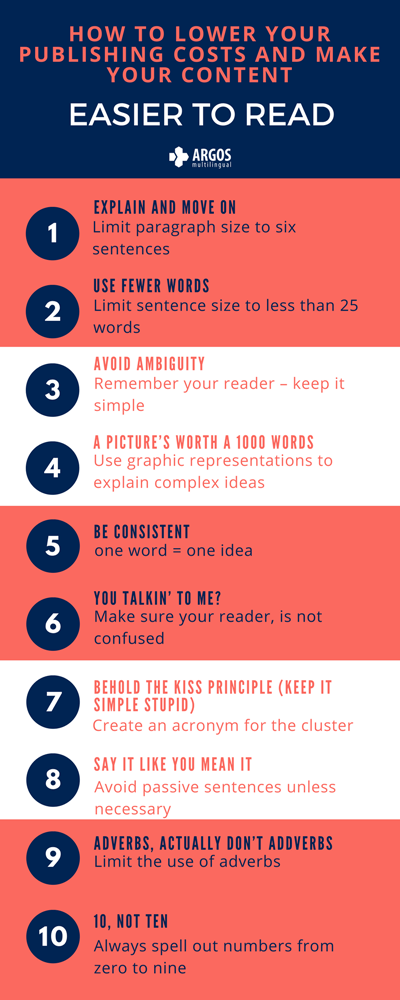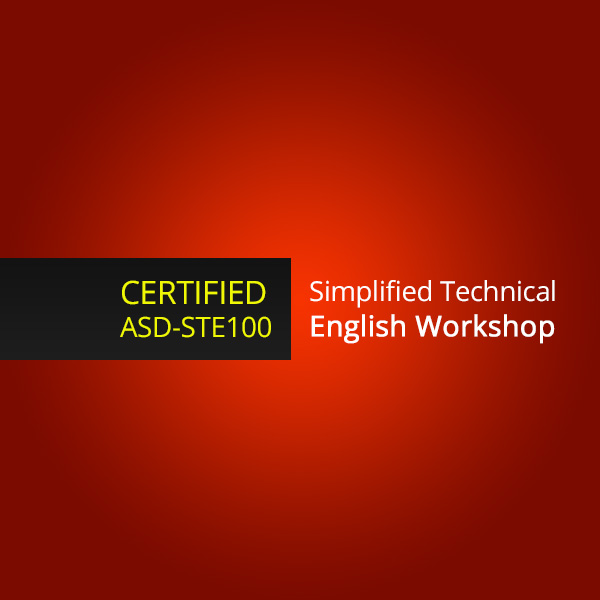

use simple verb tenses (past, present, and future).use articles such as a/ an and the wherever possible.make instructions as specific as possible.

avoid slang and jargon, while allowing for specific terminology.restrict paragraphs to no more than 6 sentences (in descriptive text).restrict sentence length to no more than 20 words (procedural sentences) or 25 words (descriptive sentences).restrict the length of noun clusters to no more than 3 words.The Writing Rules also specify restrictions on grammar and style usage. The Writing Rules differentiate between two types of topics: procedure and description. The Simplified Technical English specification consists of two parts: In the absence of third-party endorsement or published scientific studies, such claims should be considered unconfirmed. However, these claims come mostly from those who have invested in developing it, implementing it or supporting it. improve reliability concerns of maintenance and assembly by reducing their probability to introduce defects.facilitate computer-assisted translation and machine translation.make human translation easier, faster and more cost effective.improve comprehension for people whose first language is not English.improve the clarity of technical writing, especially procedural writing.Simplified Technical English is claimed to: ( December 2012) ( Learn how and when to remove this template message) Unsourced material may be challenged and removed. Please help improve this section by adding citations to reliable sources. After a merger of AECMA with two other associations to form ASD in 2004, the specification changed its name to become ASD Simplified Technical English, Specification ASD-STE100. The result of this collaborative work was a guide, known as the AECMA Simplified English Guide.

The AIA (Aerospace Industries Association of America) was also invited to participate in this development. In 1983, after an investigation into the different types of controlled languages that existed in other industries, the AECMA decided to produce its own controlled English. This led the European Airline industry to approach AECMA (European Association of Aerospace Industries) to ask manufacturers to investigate the possibility of using a controlled form of English. There were also European airlines that had to translate parts of their maintenance documentation into other languages for their local mechanics. In 1979 aerospace documentation was written in American English ( Boeing, Douglas, Lockheed, etc.), in British English ( Hawker Siddeley, British Aircraft Corporation, etc.) and by companies whose native language was not English ( Fokker, Aeritalia, Aerospatiale, and some of the companies that formed Airbus at the time). First attempts towards a form of controlled English were made as early as the 1930s and 1970s with Basic English and Caterpillar Fundamental English.


 0 kommentar(er)
0 kommentar(er)
